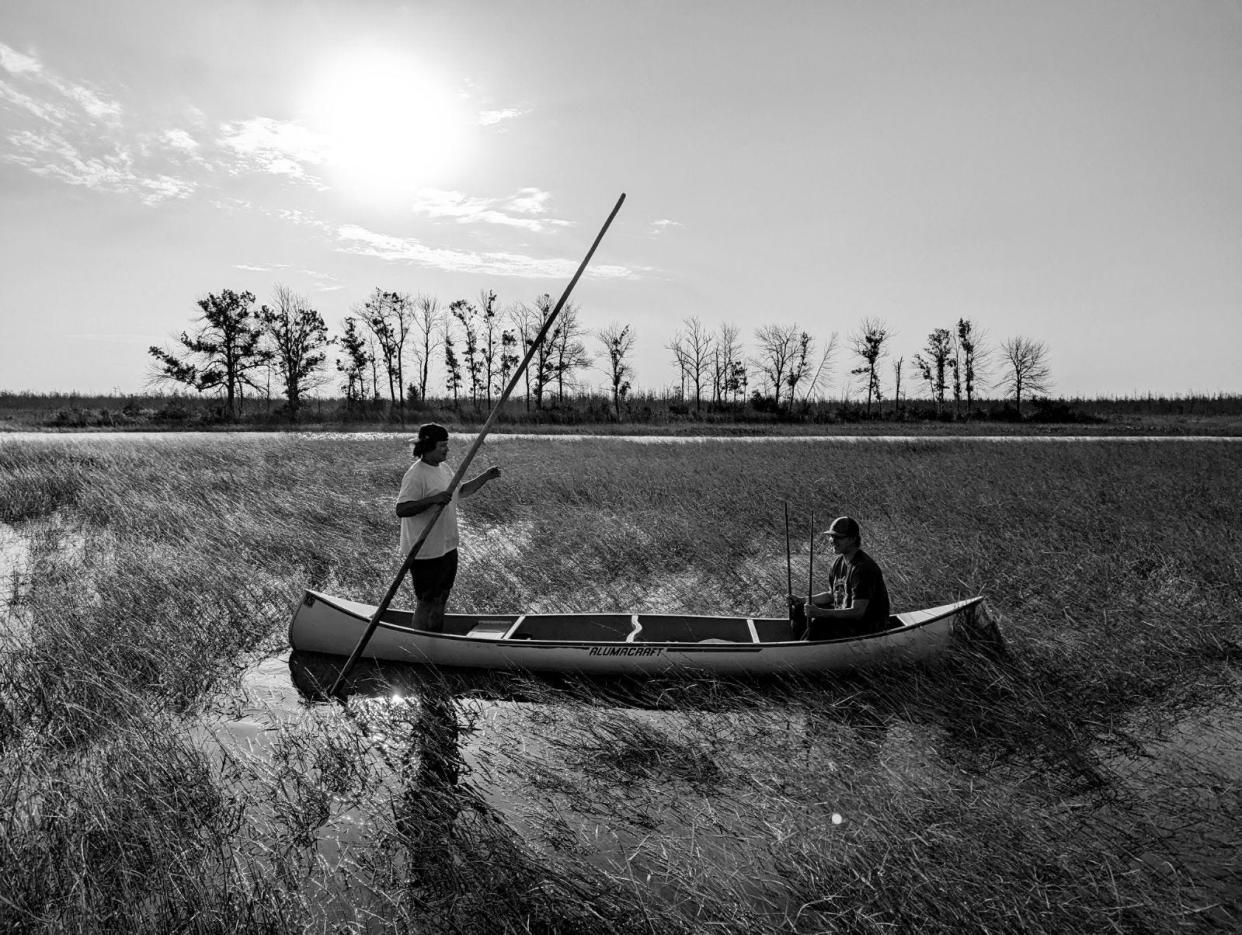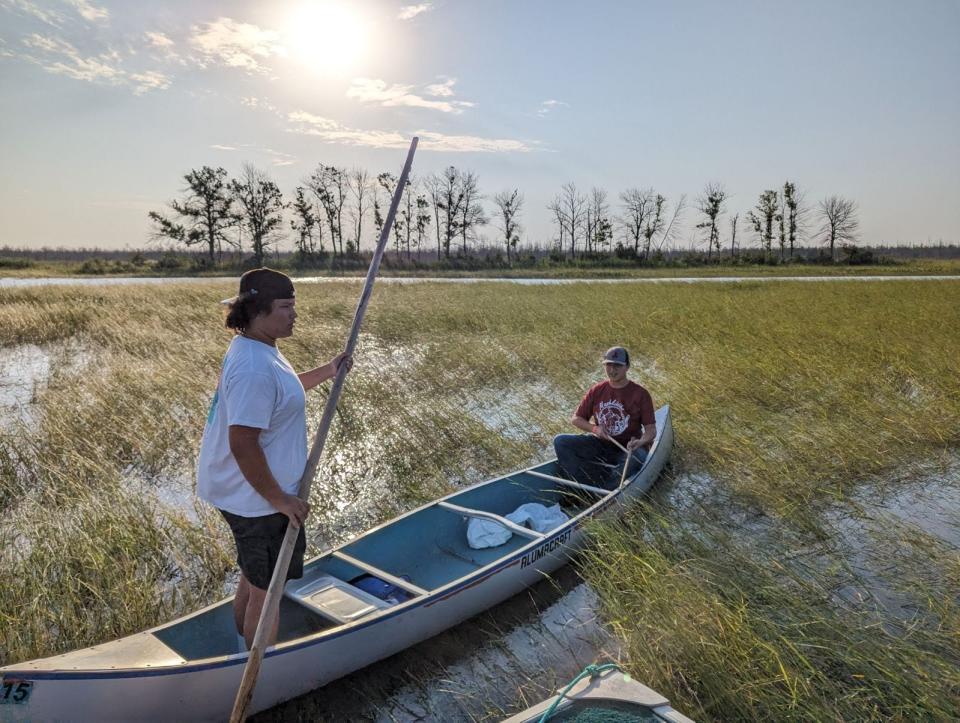Wild rice harvest season, central to Ojibwe in Wisconsin, begins

ODANAH – As Ben Connors watched his two teenage boys this late summer load up the gear on the canoe to harvest wild rice on the Bad River Ojibwe Reservation in northern Wisconsin — and actually be excited about doing so — it brought a tear to his eye.
“This is extremely important,” said Connors, the deputy director of the Bad River Tribe’s Natural Resources Division. “We’re taught growing up that these treaty rights were fought for by our ancestors at a time when it was illegal to be Indian.”
For him, his family and for most Ojibwe, harvesting wild rice during the few weeks at the end of summer isn't just something fun to do outdoors.
“I consider it a responsibility,” Connors said. “And it’s important to teach this to the next generation. Every year, my kids go ricing and are very happy out on the canoe with me.”
The Ojibwe started migrating to what is now Wisconsin from the East Coast about 1,500 years ago in search of a place to settle where prophesy told them that they would find food that grows on water.
That food is manoomin, Ojibwe for wild rice, and it's central to Ojibwe identity.

Wild rice also is an important staple for other Indigenous peoples in Wisconsin, including the Menominee and Ho-Chunk.
With its rich, nutty and complex flavor, the wild rice that grows in Wisconsin and Minnesota is unique in the world.
Wild rice is a food that has high nutritional value and can be stored for a long time, such as through winter.
A serving contains about 10.5 grams of protein, nearly four grams more than white rice, about four more grams of fiber, eight more milligrams of calcium and more than 359 more milligrams of potassium.
When the Ojibwe were forced to cede much of their Wisconsin territory to the United States in the 1800s and move onto reservations, the tribal leaders at the time chose places that had significant wild rice beds.
The Bad River Reservation includes about 125,000 acres, including a 17-mile shoreline on Lake Superior and more than 100 miles of rivers and streams in far northern Wisconsin.
While treaty rights ensure that Ojibwe people can hunt and harvest off-reservation in the Ceded Territory, Connors said there’s nothing like manoomin from Bad River and its Kakagon Sloughs.
“The Kakagon and Bad River Sloughs wetland complex represent everything our tribal people hold dear and sacred on many different levels,” Bad River Chairman Mike Wiggins said in a statement. “Spiritually, the ‘place’ and everything it has, the clean water, the winged, the seasons, the rice and fish, connects us with our ancestors and the Creator.”
Connors said a majority of Bad River tribal members prefer ricing at Kakagon than off-reservation.
“Rice tastes different everywhere, but nothing compares to the Kakagon Sloughs,” Connors said. “I find that other rice, such as from parts of Minnesota, is bland and has a waxy feel. I can’t stand it, to be honest.”
Many wild rice beds in Wisconsin and Minnesota are found on inland lakes.
“Ours is different because it’s grown on a river near Lake Superior,” Connors said. “It’s from water that’s constantly moving. … It has more flavor from the sloughs.”
Frank Vaisvilas is a former Report for America corps member who covers Native American issues in Wisconsin based at the Milwaukee Journal Sentinel. Contact him at fvaisvilas@gannett.com or 815-260-2262. Follow him on Twitter at @vaisvilas_frank.
This article originally appeared on Green Bay Press-Gazette: Wild rice harvest season, central to Ojibwe in Wisconsin, begins

